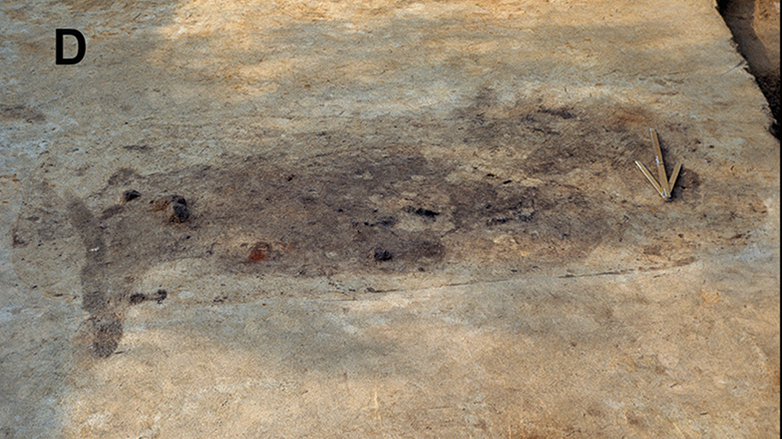
In the expansive woods of northern Finland, just below the Arctic Circle, there’s a big field with many “strange” holes or ancient graves. Around sixty years ago, workers found this place called Tainiaro, and ever since people have wondered about its origin.
After a thorough look at the site, experts now think it might be a huge graveyard from about 6,500 years ago, where people hunted and gathered.
The researchers from Finland’s University of Oulu mentioned, “Such a large cemetery at such a high northerly latitude does not necessarily fit preconceptions about prehistoric foragers in this region.” They suggest it’s time to rethink what we expected.
Findings from the pits dug up in 2018
In 2018, researchers dug up Tainiaro and found about 115 to 200 pits. These pits were mostly rectangular, about 7 feet long and 2.5 feet deep.
Surprisingly, there were no human remains in these pits, but they did discover thousands of items like pottery, ochre, and burned animal bones. They also found well-made chisels and stones that could be turned into smaller tools, as explained by Aki Hakonen, one of the study’s authors.
Although no skeletons were found, the researchers believe Tainiaro was a burial ground. They compared these pits to other ancient findings and thought they were used by wandering people who lived by foraging, hunting, and fishing in the area. The researchers state that, even without bones, Tainiaro should be seen as a cemetery site.
Ancient cemetery discovered near the Arctic circle? You better believe it, wait till you hear this!!
Believed to be 6500 years ago old, the site known as Tainiaro has been found 50 miles from the arctic circle and researchers believe that this site in Finnish Lapland is being… pic.twitter.com/ahi8RXQqlh— Stargazers Nation (@STARGAZERNATION) December 4, 2023
Possibility of multiple uses of the site
Adding complexity to their findings, some of the pits at Tainiaro contained burned material, hinting that they might have been used as hearths. However, the evidence of charred material wasn’t enough to confirm this. This discovery suggests that the site might have had a dual purpose, not just for burying the dead.
Recent discussions propose that places where people from the Mesolithic period were buried also served as living spaces. The researchers explained that some sites believed to be only cemeteries might be places where people lived, with burials underneath their homes.
Considering this possibility, the researchers suggest that Tainiaro shouldn’t be seen as a site with just one purpose but could have had multiple uses. Even if it were used partly as a burial ground, Tainiaro would be one of northern Europe’s most significant Stone Age cemeteries.
He said, “There are a few sites with around 20 burials, but even these are anomalies,” further adding, “but more than a 100 burials is perplexing, and more than 200 is astounding.”
What makes Tainiaro even more remarkable is its location in a harsh sub-Arctic area with heavy winter snow and temperatures dropping below 20 degrees Fahrenheit. “This is not a place where you’d expect Stone Age foragers to gather in large groups,” Hakonen remarked. “But perhaps they did.”
See all the latest news from Greece and the world at Greekreporter.com. Contact our newsroom to report an update or send your story, photos and videos. Follow GR on Google News and subscribe here to our daily email!



